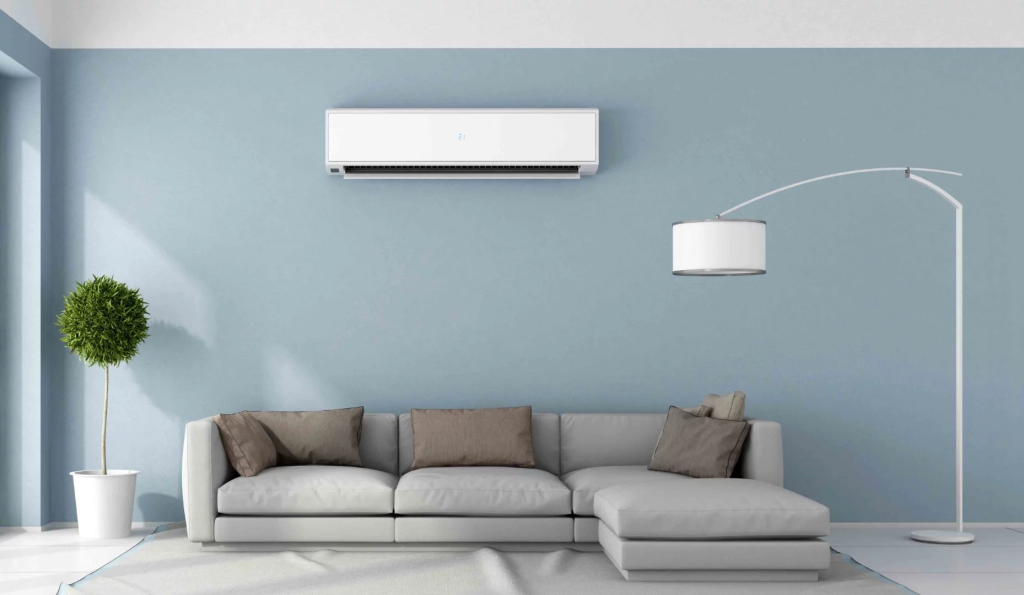
An AirCon mini split is a heating and cooling system that is designed to provide localized comfort control. Unlike traditional central air conditioning systems, an AirCon mini split requires no ductwork and works with multiple indoor units to distribute air throughout the space. In this article, we’ll take a look at how the AirCon mini split works, what benefits it has to offer, and how it compares to other types of HVAC systems.
How Does an AirCon Mini Split Work?
An AirCon mini split works by using two main components – an outdoor compressor/condenser unit and one or more indoor evaporator units. The compressor/condenser unit is installed outside of the home and contains a compressor motor and condenser coil which are connected by refrigerant tubing. This unit is responsible for cooling the air before distributing it inside the home. The evaporator units are installed inside each room or zone in need of cooling, where they absorb heat from the environment and circulate cooled air back into the room. All of these components work together in order to ensure that each individual zone receives cooled air as needed.
Benefits of an AirCon Mini Split System
One of the major benefits offered by an Aircon mini split system is its ability to provide localized comfort control. With traditional central air conditioning systems, all areas of the home receive cooled air at once even if some areas don’t need it. But with an Aircon mini split system, you can set different temperatures in different zones so that each area receives exactly what it needs without wasting energy on unnecessary cooling in other rooms. Additionally, because there are no ducts involved in this type of setup, installation is much easier and less expensive than with traditional HVAC systems. And since no ducts means no potential for lost energy due to leaks or poor insulation, you can also expect considerable savings on your energy bills over time.
Aircon Mini Splits vs Traditional HVAC Systems
The biggest advantage that Aircon mini splits have over traditional HVAC systems lies in their flexibility – since there’s no ductwork involved, you can easily customize your system according to your specific needs without worrying about expensive re-wiring or additional costs associated with installing ductwork. Additionally, because these systems don’t require large amounts of energy to operate (which would otherwise be wasted through inefficient ducts), they tend to be much more energy-efficient than other types of HVAC setups – meaning more savings on your monthly bills! Finally, because all components are installed separately from one another (rather than as part of one larger unit like with traditional HVAC systems), repair and maintenance costs tend to be significantly lower for Aircon mini splits compared to other types of setups.
All in all, investing in an AirCon mini split system is a great way to save money on both installation costs and ongoing energy bills while still enjoying maximum comfort control throughout your home or office space! With its easy installation process, customizable setup options, and reduced maintenance costs compared to traditional HVAC systems – there’s really no reason not to give this economical solution a try! Whether you live alone in a small studio apartment or manage a commercial building full of employees – investing in an Aircon mini split could be just what you need for maximum temperature control without breaking the bank!










